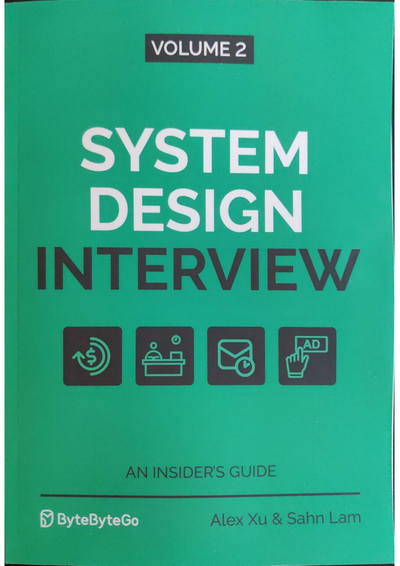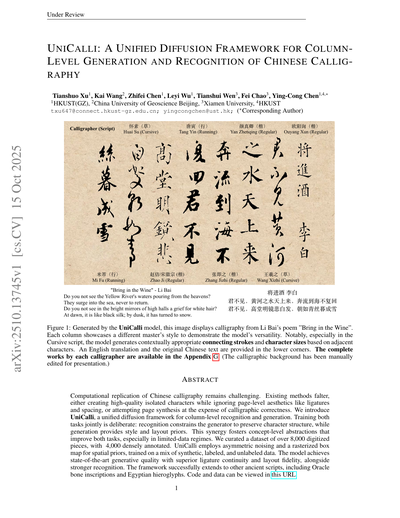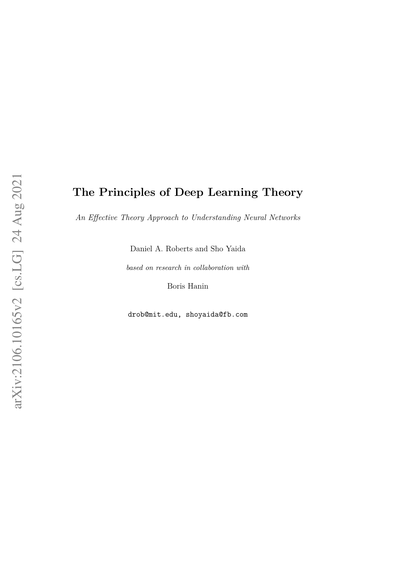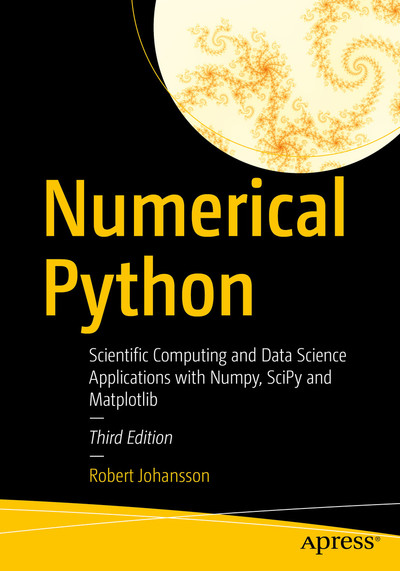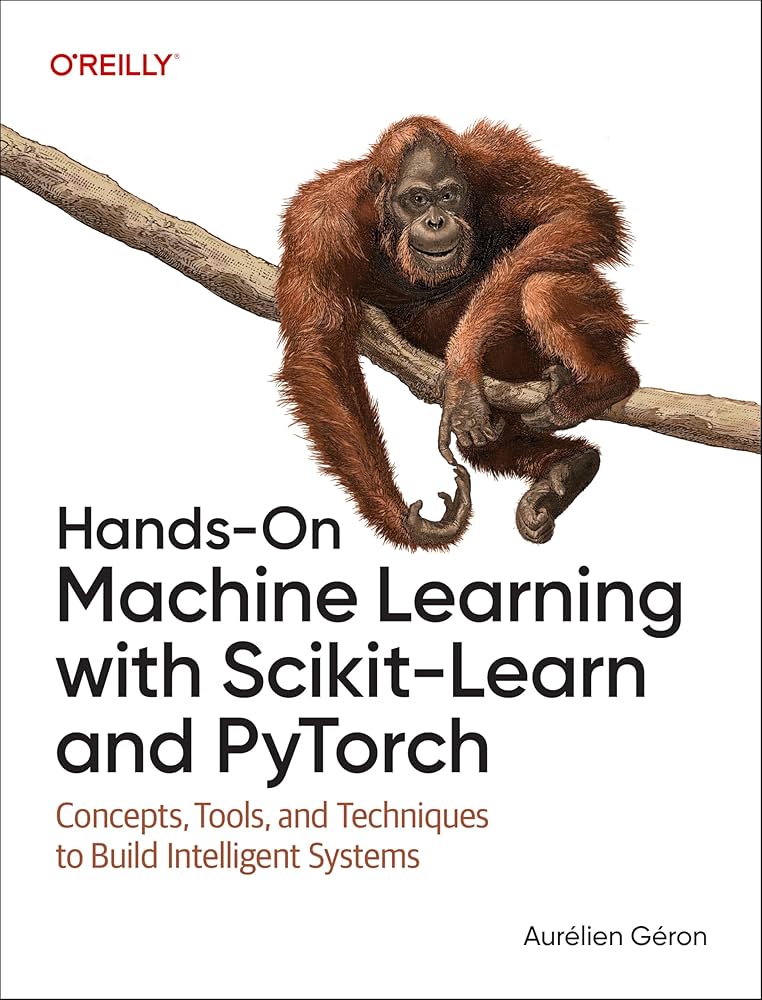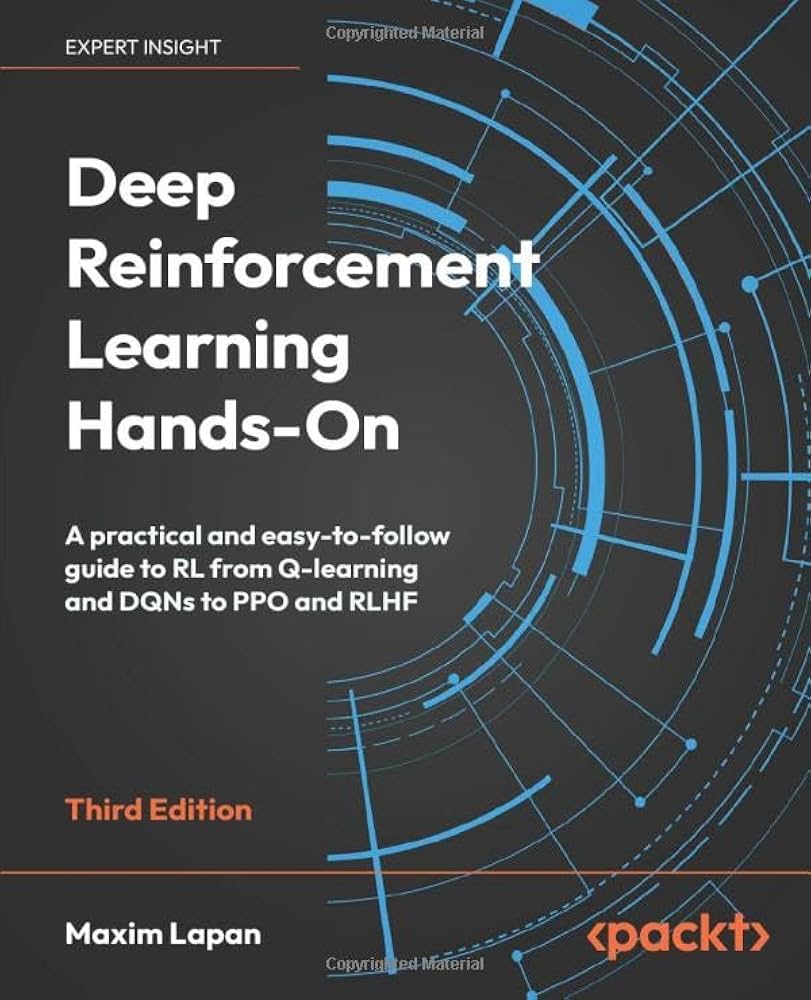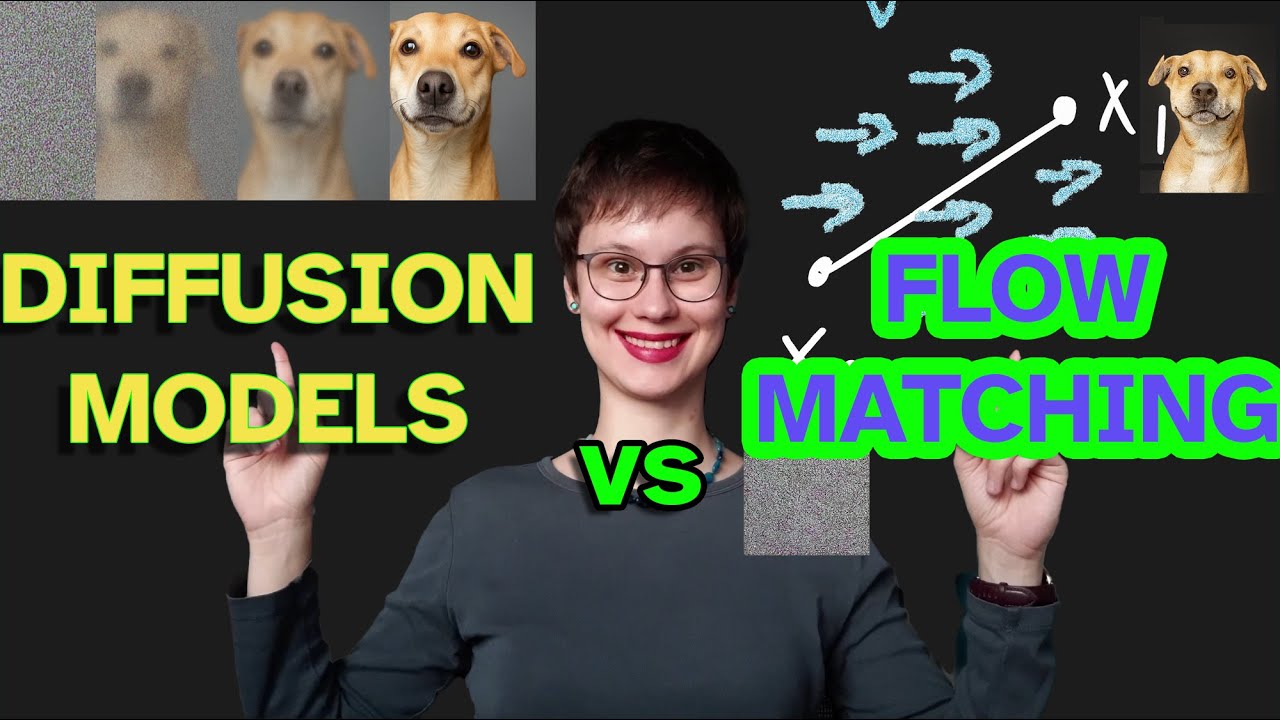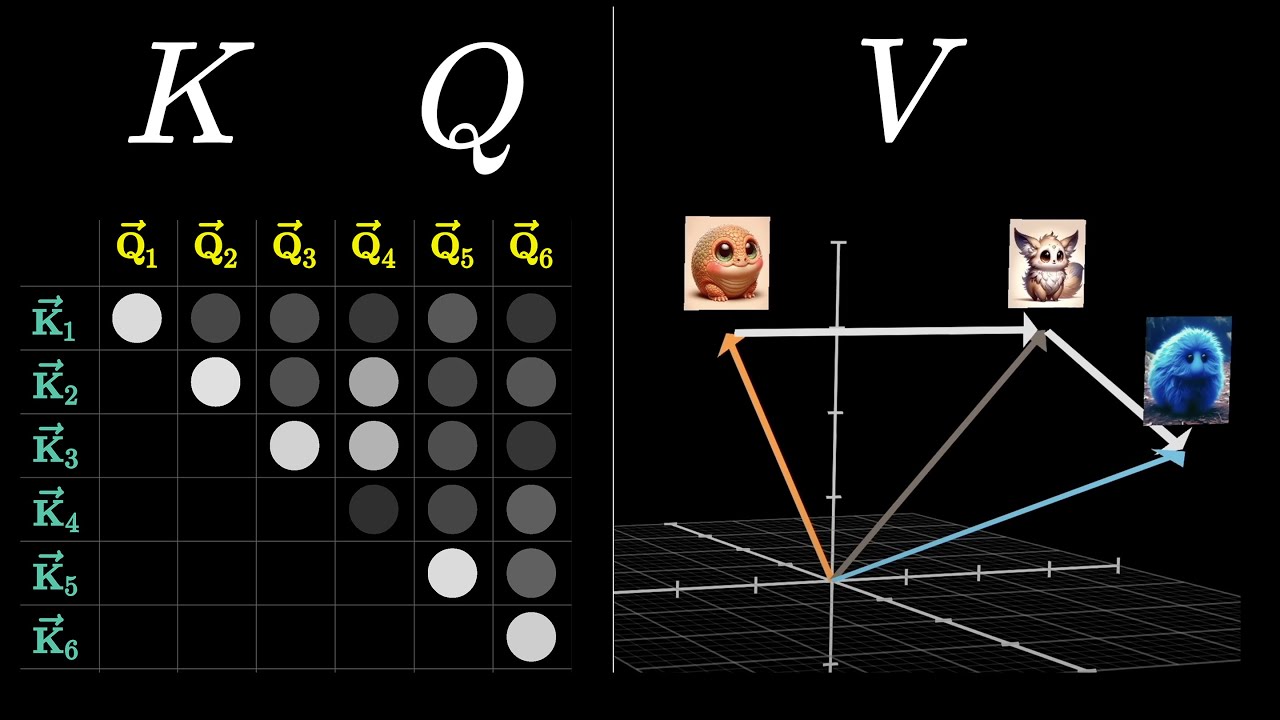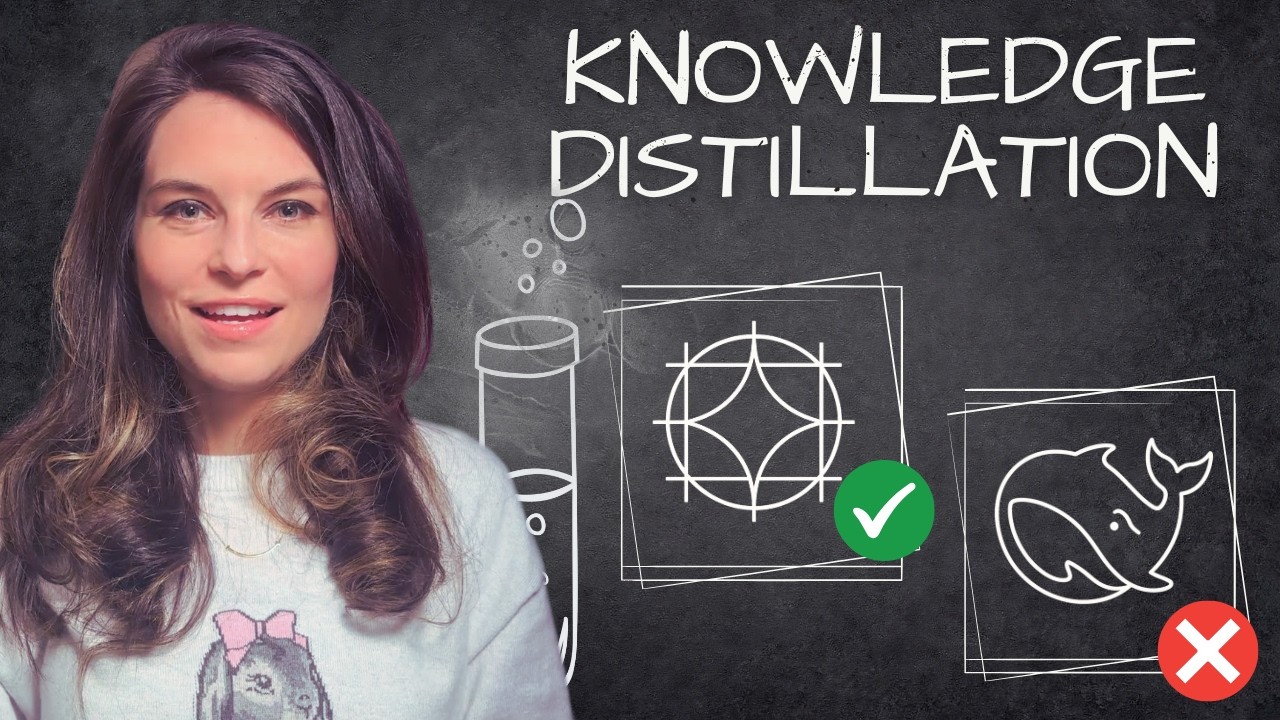
Online Workshop Every Week
Join our free weekly interactive learning sessions.
Master AI/ML with instant feedback and personalized learning
"Cogito, ergo sum" (I think, therefore I am)
— René Descartes

Free Problems
Getting Started with Pre-Calculus
This problem set covers fundamental pre-calculus concepts including algebraic skills, number systems, function types, and operations on real numbers and functions. These problems will help you build the foundational knowledge needed for success in pre-calculus.
21 pts
Medium
94
number-systems
real-numbers
classification
+7
Part 1 (LLDM)
This problem set covers key concepts from Chapter 1 on Large Language Diffusion Models (LLDM), focusing on the LLaDA model architecture, probabilistic formulation, training procedures, and comparative analysis with autoregressive models. The problems test understanding of diffusion-based language modeling principles, scalability, and unique capabilities of LLaDA.
31 pts
Medium
102
llm-architecture
diffusion-models
autoregressive-models
+7
Part 2 (LLDM)
This problem set covers key concepts from Part 1 of the research paper on Masked Diffusion Models (LLDM), focusing on the theoretical foundations, training algorithms, and inference methods for masked diffusion language models. The problems test understanding of the forward and reverse processes, loss functions, sampling strategies, and connections to autoregressive models.
24 pts
Medium
96
forward-process
masked-diffusion
probability-distribution
+7
Part 3 (LLDM)
This problem set covers key concepts from Part 3 of the LLaDA research paper, focusing on flexible sampling strategies, experimental setups, and performance analysis of the LLaDA diffusion language model. The problems test understanding of different sampling methods, remasking strategies, and evaluation metrics discussed in this part of the paper.
24 pts
Medium
103
sampling-strategies
diffusion-models
autoregressive
+7
Chapter 1 (AGCMQM)
This problem set covers key concepts from Chapter 1 on Automated Generation of Curriculum-Aligned Multiple-Choice Questions for Malaysian Secondary Mathematics using Generative AI. The problems test understanding of RAG methodologies, evaluation frameworks, and the challenges of generating educational content in low-resource language contexts.
12 pts
Easy
105
rag-methodology
curriculum-alignment
low-resource-languages
+7
Chapter 1 (RMFFEQ)
This problem set covers the key concepts from Chapter 1 (RMFFEQ) - A Role-Aware Multi-Agent Framework for Financial Education Question Answering with LLMs. The chapter presents a novel framework using three specialized agents (Base Generator, Evidence Retriever, and Expert Reviewer) to enhance financial question answering performance. These problems test understanding of the framework architecture, experimental results, and underlying concepts in financial QA systems.
30 pts
Medium
100
multi-agent-framework
architecture
financial-qa
+7
Premium Problems
Knowledge Graphs
USA AI Olympiad
Explore competitive programming and AI contest preparation concepts
Grade 5 Math
Discover elementary mathematics concepts and learning paths
Featured PDFs
View All PDFsSystem Design Interview: An Insider's Guide Volume 2
116 questions
348 pts
System Design Interview: An Insider's Guide
108 questions
317 pts
UNICALLI: A UNIFIED DIFFUSION FRAMEWORK FOR COLUMN-LEVEL GENERATION AND RECOGNITION OF CHINESE CALLIGRAPHY
10 questions
38 pts
The Principles of Deep Learning Theory
107 questions
418 pts
Featured Books
View All BooksAcing the System Design Interview
153 questions
456 pts
Numerical Python: Scientific Computing and Data Science Applications with Numpy, SciPy and Matplotlib
190 questions
543 pts
Hands-On Machine Learning with Scikit-Learn and PyTorch
200 questions
554 pts
Deep Reinforcement Learning Hands-On - Third Edition
222 questions
720 pts
Featured Videos
View All VideosFlow-Matching vs Diffusion Models explained side by side
10 questions
29 pts
Attention in transformers, step-by-step | Deep Learning Chapter 6
10 questions
30 pts
Knowledge Distillation: How LLMs train each other
10 questions
27 pts
Diffusion Model
10 questions
32 pts
Popular Topics
machine learning
56
deep learning
40
neural networks
35
reinforcement learning
33
system-design
28
grade5
27
optimization
14
large language models
13
attention mechanisms
13
combinatorics
13
system-architecture
13
natural language processing
12
aime problems
12
Number Sense
12
scalability
11
beginner
10
number theory
10
performance
10
transformers
9
capacity-planning
9
Click on any tag to filter problems by that topic
